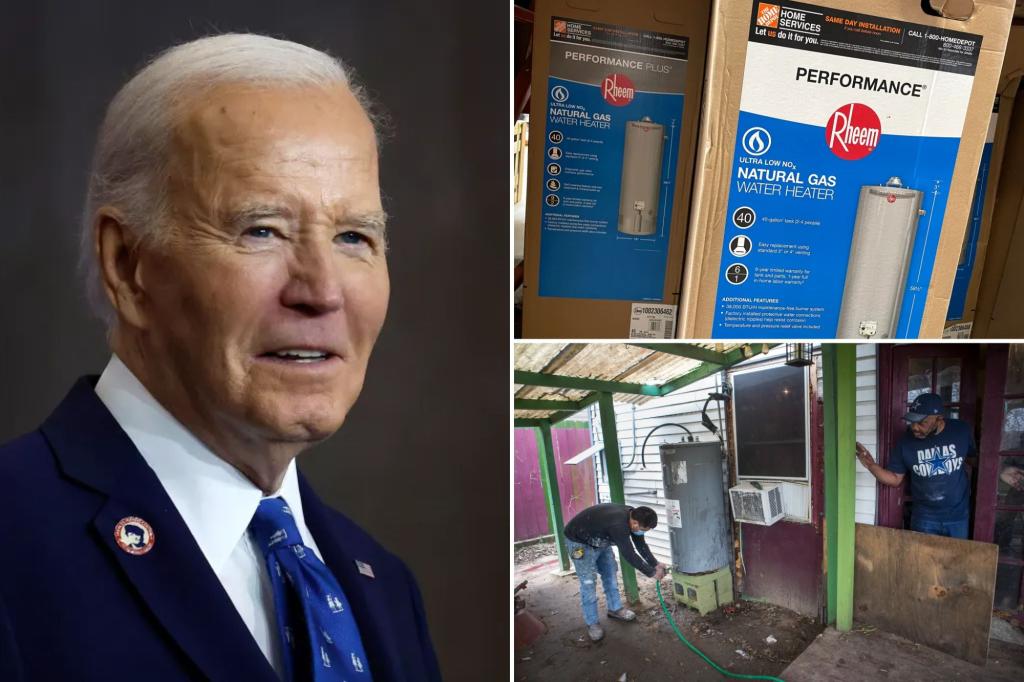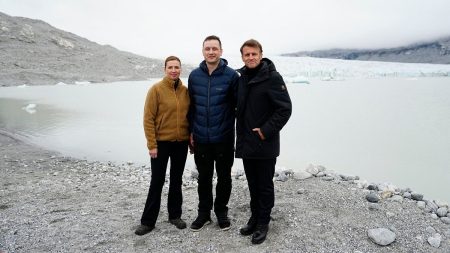The Biden administration’s recent move to ban specific types of natural gas water heaters has sparked controversy, with critics arguing it will disproportionately burden low-income and senior households with increased energy costs. The new regulations, which will take effect in 2029, target non-condensing natural gas water heaters, aiming to reduce carbon dioxide emissions as part of the administration’s broader climate change agenda. While the rules apply to both condensing and non-condensing models, the increased efficiency requirements are effectively a ban on the less efficient, but more affordable, non-condensing versions. This effectively limits consumer choices to more expensive condensing models or less efficient storage tank water heaters.
The crux of the issue lies in the significant price difference between these water heater types. Non-condensing tankless water heaters, often preferred in smaller spaces like apartments and compact homes, are considerably cheaper than their condensing counterparts. For example, a non-condensing tankless model retails for around $1,000, while a condensing tank model can cost upwards of $1,800. This price disparity raises concerns about affordability, particularly for vulnerable populations. The Department of Energy (DOE) published the new rules without a formal announcement, a move that has drawn further criticism.
Opponents of the ban argue that the DOE’s projected cost savings of $112 over a 20-year lifespan hardly justify the significant upfront costs consumers will face. Matthew Agen, chief counsel for energy at the American Gas Association, has voiced strong opposition to the rule, asserting that it violates the Energy Policy and Conservation Act by effectively eliminating a distinct product category. He further emphasizes the unfair burden placed on lower-income and elderly consumers, who will be forced to bear the brunt of these increased initial expenses.
The ban also has significant implications for domestic manufacturing. Rinnai America, the sole US manufacturer of tankless water heaters, recently invested $70 million in a new Georgia factory specifically designed to produce non-condensing models. This investment, made in response to the Trump administration’s emphasis on domestic manufacturing, now faces potential obsolescence. Frank Windsor, president of Rinnai America, expressed his disappointment, noting that the new regulations will render their investment and the accompanying job creation largely irrelevant.
However, proponents of the ban, such as the Appliance Standards Awareness Project (ASAP), applaud the move as a significant step towards reducing carbon dioxide emissions. They project a reduction of 32 million metric tons of CO2 over 30 years. ASAP maintains that the higher efficiency standards will ultimately benefit consumers by lowering overall household costs while contributing to environmental goals. They argue that the technology is already widely used in most tankless units and represents a sensible step forward.
The debate highlights the complex interplay of economic and environmental considerations in policy-making. While the administration champions the ban as a crucial measure to combat climate change and promote energy efficiency, critics contend that it neglects the immediate financial burden imposed on consumers, particularly those with limited resources. The lack of a clear public announcement surrounding the rule’s publication has further fueled the controversy, adding to the perception of a lack of transparency in the decision-making process. The long-term impact of this ban on consumer finances, domestic manufacturing, and environmental goals remains to be seen.










